Home>Garden Essentials>How Many Seeds In A Cardamom Pod
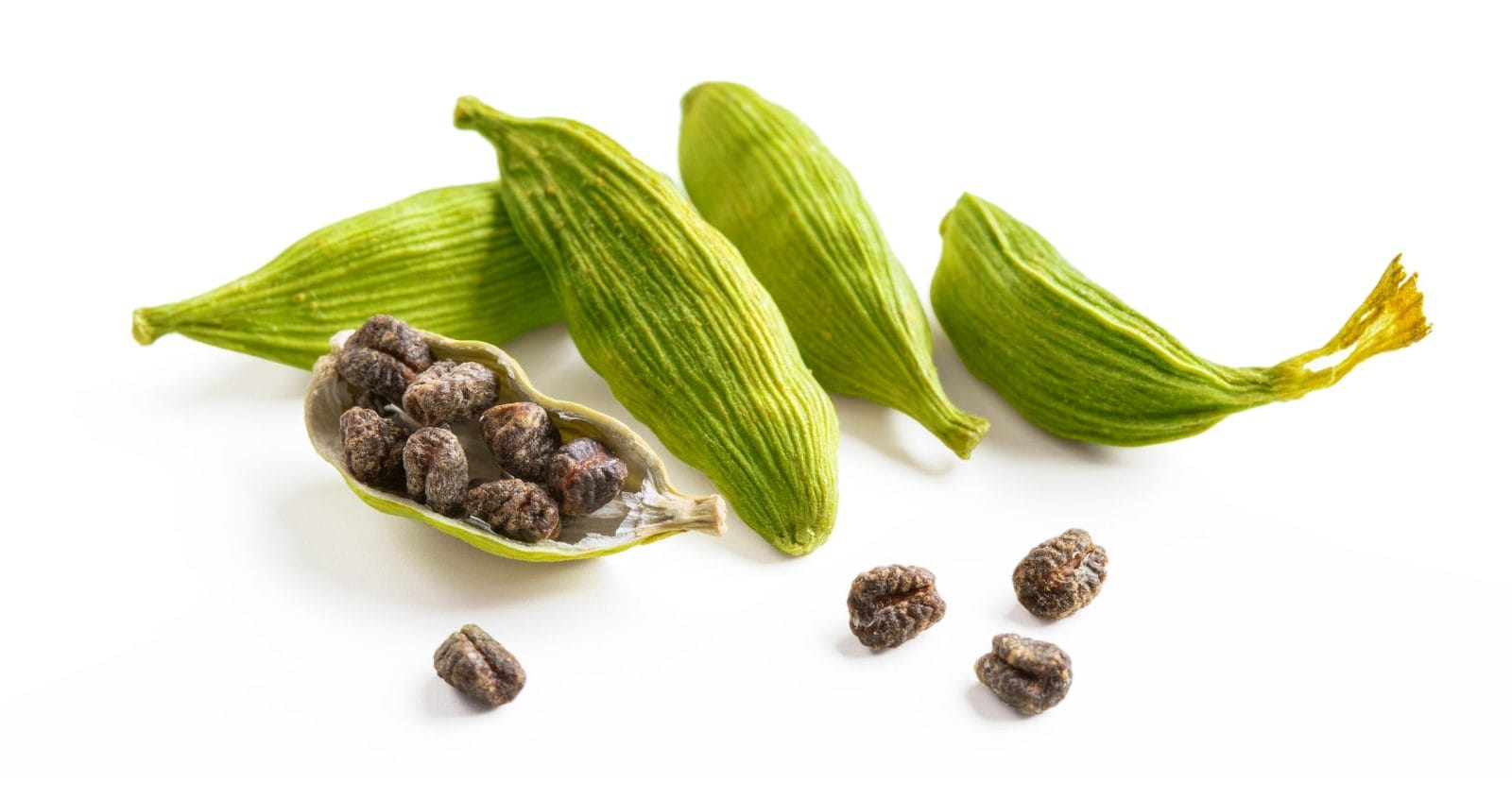

Garden Essentials
How Many Seeds In A Cardamom Pod
Modified: March 24, 2024
Discover the secret of how many seeds are inside a cardamom pod in your garden. Explore the cultivation and harvesting process of this aromatic spice.
(Many of the links in this article redirect to a specific reviewed product. Your purchase of these products through affiliate links helps to generate commission for Storables.com, at no extra cost. Learn more)
Introduction
Welcome to the wonderful world of cardamom pods! If you’ve ever cooked or baked with this aromatic spice, you’ve likely encountered these intriguing little green pods. Cardamom is known for its unique flavor and fragrance, adding a delightful zest to dishes and beverages. But have you ever wondered how many seeds are hidden inside each of these pods?
In this article, we will delve into the mesmerizing world of cardamom pods, exploring their structure, the factors that affect the number of seeds, and the methods used to determine the average count of seeds in each pod. So, let’s embark on this journey of discovery and unravel the secrets held within these tiny capsules of flavor!
Key Takeaways:
- Cardamom pods contain an average of 10 to 20 seeds, with green cardamom pods having more seeds than black cardamom pods. Factors like variety, growth conditions, and maturity affect the seed count.
- The number of seeds in a cardamom pod can vary due to factors like variety, growth conditions, and maturity. On average, green cardamom pods contain 10 to 20 seeds, while black cardamom pods have around 6 to 10 seeds.
Read more: How To Use Cardamom Seeds
Overview of Cardamom Pods
Cardamom pods are the fruit of the Elettaria and Amomum plants, which belong to the ginger family. They are native to India, Nepal, and Bhutan but are now grown in various tropical regions around the world, including Guatemala, Sri Lanka, and Tanzania. These pods are harvested when they are still green and unripe.
Cardamom pods have a distinct and pleasant aroma. They are widely used in both culinary and medicinal applications. In cooking, they are commonly used as a spice, particularly in South Asian and Middle Eastern cuisines. They add a warm, sweet, and slightly citrusy flavor to dishes, making them a popular ingredient in curries, desserts, and beverages.
Besides their culinary uses, cardamom pods also have a long history of use in traditional medicine. They are renowned for their digestive properties and are often consumed to relieve stomach discomfort, improve digestion, and freshen breath.
Cardamom pods come in different varieties, but the most commonly used are green cardamom and black cardamom. Green cardamom is smaller, light green in color, and has a sweeter flavor. Black cardamom, on the other hand, is larger, dark brown in color, and has a smoky, earthy flavor.
Now that we have a general understanding of cardamom pods, let’s take a closer look at their structure and explore what factors affect the number of seeds inside.
Structure of a Cardamom Pod
Cardamom pods have a unique and intriguing structure that contributes to their culinary and medicinal properties. They are multilayered and consist of several distinct parts.
The outermost layer of the pod is the epidermis, which is thin and smooth. It protects the inner layers and gives the pod its characteristic green color.
Underneath the epidermis is the pericarp, which is the main body of the pod. The pericarp is thick and fibrous, providing stability and structure to the pod. It contains the essential oils responsible for the delightful aroma and flavor of cardamom.
Within the pericarp are small chambers or compartments called locules. These locules hold the seeds of the cardamom pod. Each locule can contain anywhere from 10 to 20 seeds, although the number may vary.
The seeds themselves are small and oval-shaped, with a pale color. They are enclosed within a thin membrane or skin.
It’s worth noting that in some instances, a cardamom pod may not contain any seeds. These pods are sometimes referred to as “empty” or “sterile” pods. The absence of seeds could be due to various reasons, such as immaturity, poor pollination, or genetic abnormalities.
Next, let’s dive into the factors that influence the number of seeds found inside a cardamom pod.
Factors Affecting the Number of Seeds
Several factors can influence the number of seeds found inside a cardamom pod. These factors can vary and may affect the seed count differently in different varieties of cardamom pods. Let’s explore some of the key factors that play a role:
- Variety of Cardamom: Different varieties of cardamom may naturally have varying seed counts. For example, green cardamom pods generally contain a higher number of seeds compared to black cardamom pods. Additionally, there are variations within the same variety depending on the cultivar and growing conditions.
- Growth Conditions: The environmental conditions in which the cardamom plant grows can also impact the number of seeds. Factors such as soil quality, temperature, humidity, and rainfall can affect the plant’s overall growth and reproductive ability, thereby influencing the seed development.
- Maturity of the Pod: The stage at which the cardamom pods are harvested can also affect the seed count. Pods that are picked too early may not have fully developed seeds, resulting in a lower seed count. On the other hand, overripe pods may have seeds that have started to deteriorate or dry out, leading to a reduced number of viable seeds.
- Pollination: Proper pollination is crucial for the formation of seeds in cardamom pods. Factors such as the presence of pollinators, wind, or manual intervention can impact the pollination process. If pollination is inadequate or disrupted, it can result in a lower seed count.
- Genetics: The genetic makeup of the cardamom plant also plays a role in determining the number of seeds. Different plant varieties have different genetic traits that govern seed production and development. Breeders and horticulturists may select and cultivate plants with desirable traits, including higher seed counts.
It’s important to note that these factors can interact and influence each other, making it challenging to pinpoint a single factor as the sole determinant of seed count in cardamom pods. However, by understanding these factors, researchers and farmers can work towards optimizing conditions to maximize seed production in cardamom crops.
Now, let’s move on to the methods used to determine the number of seeds in cardamom pods.
When counting the seeds in a cardamom pod, gently break it open and carefully separate the seeds from the pod. Count the seeds one by one to get an accurate number.
Examining the Number of Seeds in Cardamom Pods
Examining the number of seeds in cardamom pods is a fascinating process that involves careful observation and analysis. Various methods and techniques are used to determine the average seed count in a given sample of cardamom pods. These methods provide valuable insights into the seed production and quality of cardamom crops.
One common method used is the random sampling of pods. A representative sample of cardamom pods is selected, ensuring that it is diverse and reflective of the overall crop. The pods are then carefully opened, and the seeds are counted in each pod. This process is repeated for multiple pods to obtain an average seed count.
Another technique used is known as the water displacement method. In this method, a known volume of water is measured and placed in a container. The cardamom pods are submerged in the water, and the change in water volume is recorded. Since the pods displace water, the change in volume can be used to estimate the number of seeds, assuming a certain average volume displacement per seed.
More advanced techniques, such as image processing and computer vision, are also being explored to automate the seed counting process. This involves capturing images of the opened pods and using algorithms to analyze and count the seeds in the images. These methods offer a faster and more efficient way of assessing seed count, particularly when dealing with large quantities of pods.
It’s worth mentioning that these methods provide an estimation of the average seed count and may not be 100% accurate for every single pod. However, they give researchers, farmers, and traders valuable information about the seed count distribution within a batch of cardamom pods.
Now that we have explored the methods used to determine the number of seeds in cardamom pods, let’s move on to understanding the average seed count in these pods.
Read more: How To Germinate Wisteria Pods
Methods Used to Determine the Number of Seeds
Determining the number of seeds in cardamom pods requires careful examination and counting techniques. Various methods are employed to obtain accurate and reliable seed counts. Let’s explore some of the commonly used methods:
- Manual Counting: This traditional method involves manually opening each cardamom pod and counting the number of seeds inside. A representative sample of pods is selected, and each pod is carefully opened using a knife or other suitable tool. The seeds inside are then counted and recorded. This method can be time-consuming and labor-intensive, especially when dealing with a large number of pods, but it provides accurate results.
- Water Displacement Method: In this method, a known volume of water is measured and placed in a container. The cardamom pods are submerged in the water, and the change in water volume is measured. Since the pods displace water, the change in volume can be used to estimate the number of seeds. This method is based on the assumption that each seed displaces a certain average volume of water.
- Image Analysis: With advancements in technology, image analysis has become a popular method for seed counting. High-resolution images of opened cardamom pods are captured using cameras or scanners. These images are then analyzed using specialized software or algorithms that can detect and count the seeds. Image analysis can provide efficient and accurate results, especially when dealing with a large number of pods.
- Weight-Based Estimation: This method involves weighing a sample of cardamom pods and then extracting and weighing the seeds separately. By calculating the average weight of the seeds and knowing the weight of the sample, the total number of seeds can be estimated. This method is based on the assumption that the weight of the seeds remains consistent across the entire batch.
It’s important to note that each method has its advantages and limitations. Manual counting provides the most accurate results but may be time-consuming and impractical for large-scale evaluations. Water displacement and image analysis methods offer efficiency and speed but may have some degree of estimation involved. Weight-based estimation is a non-destructive method that can provide quick estimates but relies on assumptions about seed weight consistency.
Researchers and professionals in the cardamom industry often use a combination of these methods to validate seed counts and ensure reliable data. These methods aid in quality control, research, and trading decisions related to cardamom crops.
Now that we have explored the methods used to determine the number of seeds, let’s uncover the average seed count in cardamom pods
Average Number of Seeds in Cardamom Pods
The average number of seeds in cardamom pods can vary depending on various factors, such as the variety of cardamom, growing conditions, pod maturity, and pollination success. While it is challenging to provide an exact number, we can discuss the general range based on available information and studies.
Green cardamom pods, one of the most commonly used varieties, typically contain anywhere from 10 to 20 seeds per pod. However, it is not uncommon to find pods with fewer or more seeds, as seed count can vary within and between batches.
Black cardamom pods, on the other hand, tend to have a lower seed count compared to green cardamom. They usually contain around 6 to 10 seeds per pod. The larger size of black cardamom pods may contribute to the lower number of seeds.
It’s important to remember that these numbers are average estimates and can vary depending on the specific growing conditions and regions. Factors such as environmental factors, genetics, and cultivation practices can all influence seed count in cardamom pods.
In addition, it is not uncommon to come across pods that do not contain any seeds, commonly referred to as “empty” or “sterile” pods. These pods may occur due to various reasons, including immaturity, poor pollination, or genetic abnormalities.
It’s worth noting that while the number of seeds in a cardamom pod is important for various purposes, including culinary and trading considerations, the overall quality and freshness of the seeds play a crucial role in determining their flavor and potency.
Now that we have explored the average number of seeds, let’s summarize the key points we’ve discussed so far.
Conclusion
Cardamom pods are not only a delight to the senses but also a fascinating subject of exploration. Understanding the structure, factors affecting seed count, and methods used to determine the number of seeds provides us with valuable insights into the world of cardamom.
We have learned that cardamom pods consist of distinct layers, with the seeds held within locules. The number of seeds can vary depending on factors such as the variety of cardamom, growth conditions, pod maturity, pollination, and genetics.
Various methods, including manual counting, water displacement, image analysis, and weight-based estimation, are utilized to determine the average seed count in cardamom pods. These methods provide valuable information for researchers, farmers, and traders, aiding in quality control and decision-making processes.
On average, green cardamom pods contain around 10 to 20 seeds, while black cardamom pods have a lower count of approximately 6 to 10 seeds. However, it’s important to note that these numbers are estimates, and individual pods may have more or fewer seeds.
While the number of seeds in a cardamom pod holds significance, the overall quality and flavor of the seeds should not be overlooked. Freshness, fragrance, and potency are crucial factors that contribute to the culinary and medicinal properties of cardamom.
As you embark on your culinary adventures with cardamom, remember to embrace the essence of these wonderful pods and appreciate the intricate nature of their seed count. Whether you’re using them in curries, desserts, or beverages, cardamom pods are sure to add a delightful touch to your creations.
So, next time you come across a cardamom pod, take a moment to marvel at its structure and savor the experience of unlocking its hidden treasure of seeds.
Enjoy the flavorful journey with cardamom pods and let their aromatic essence enrich your culinary endeavors!
Frequently Asked Questions about How Many Seeds In A Cardamom Pod
Was this page helpful?
At Storables.com, we guarantee accurate and reliable information. Our content, validated by Expert Board Contributors, is crafted following stringent Editorial Policies. We're committed to providing you with well-researched, expert-backed insights for all your informational needs.
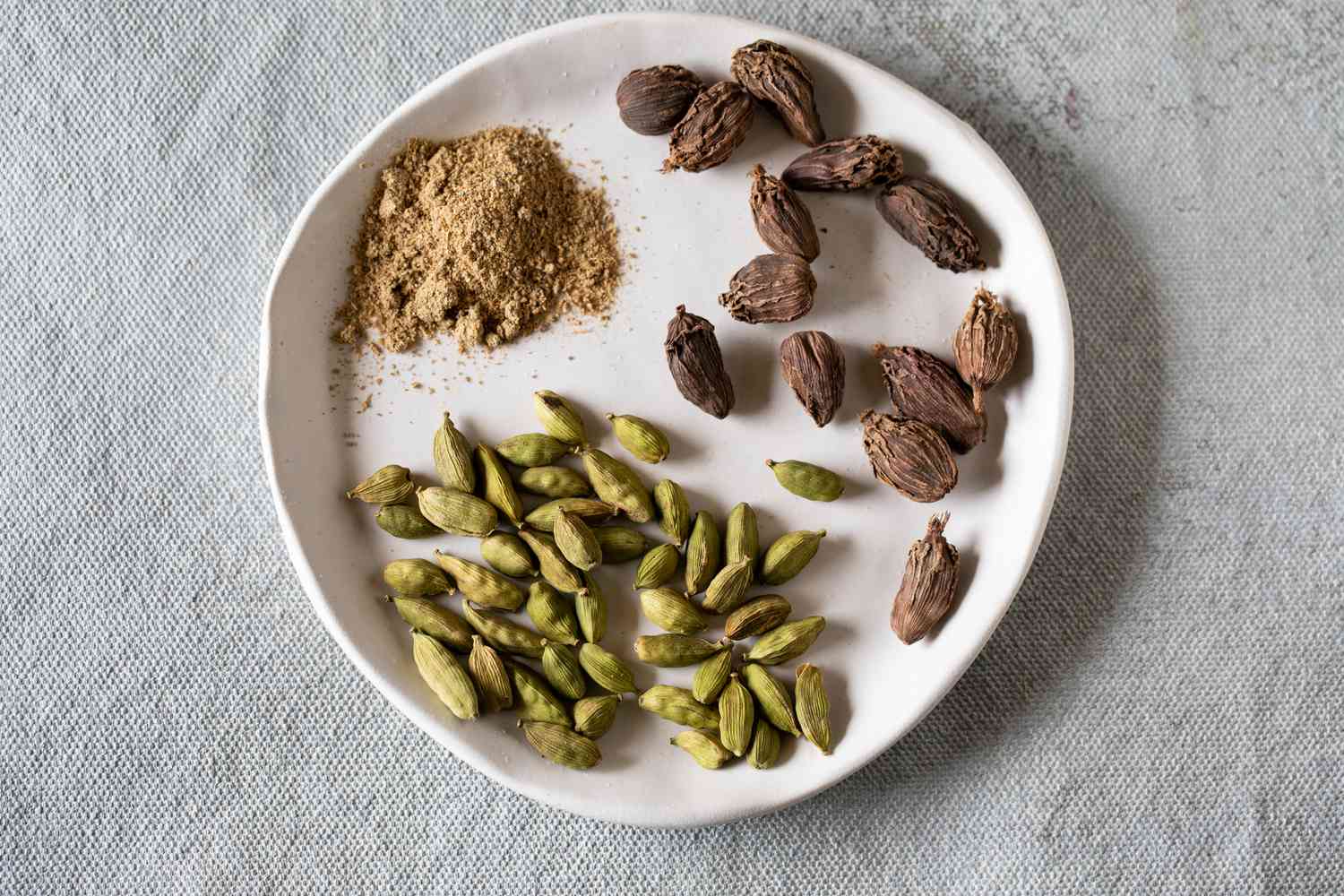
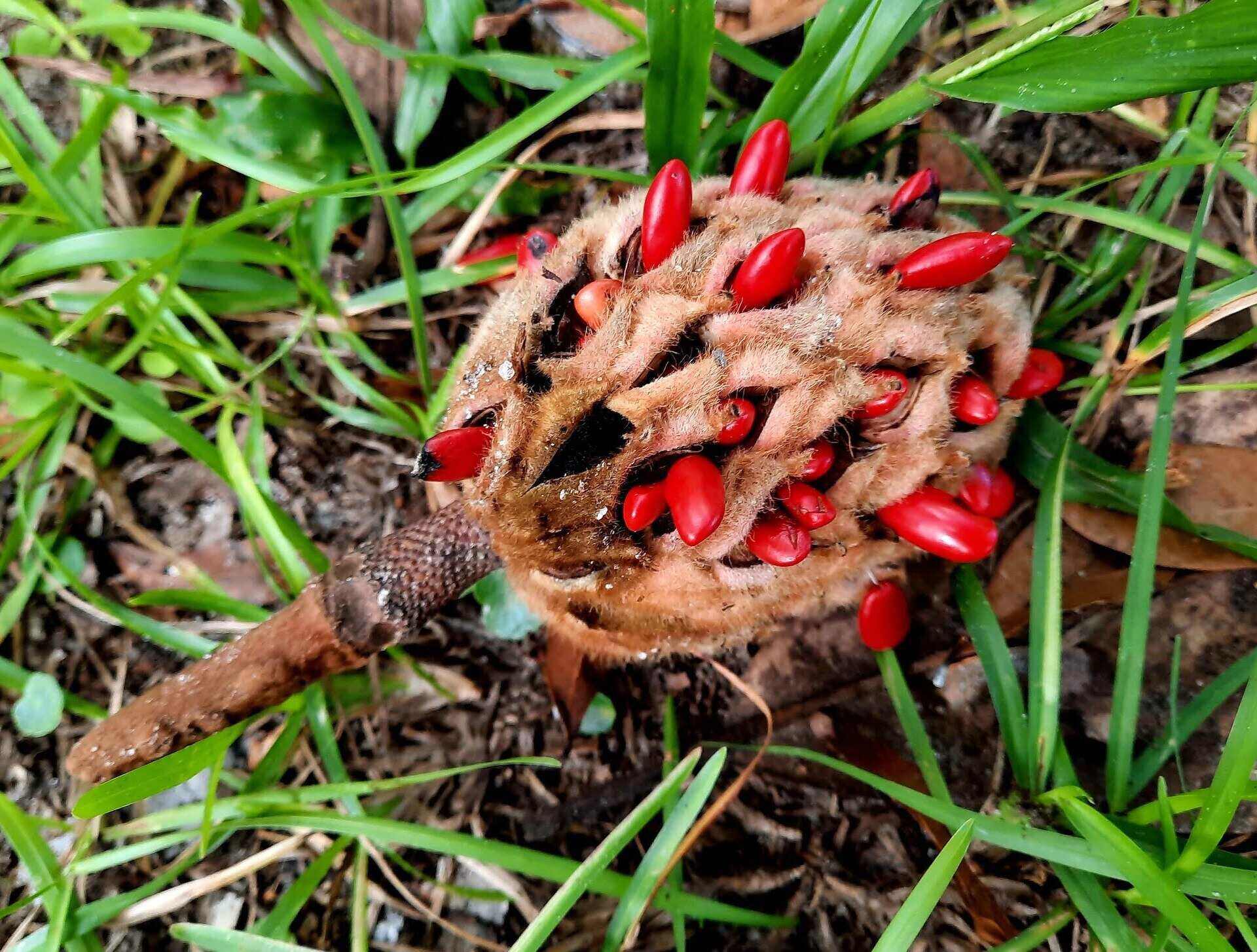
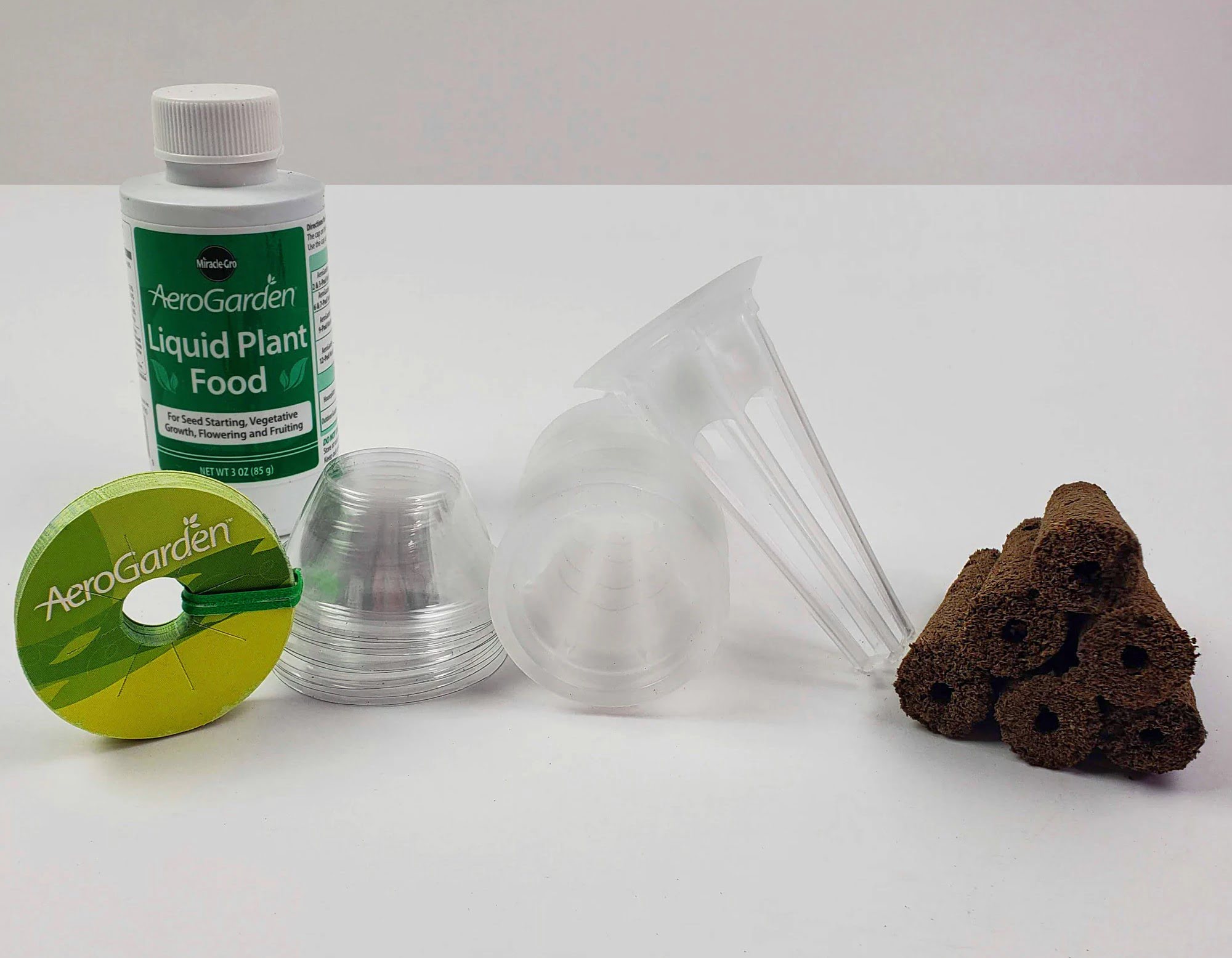
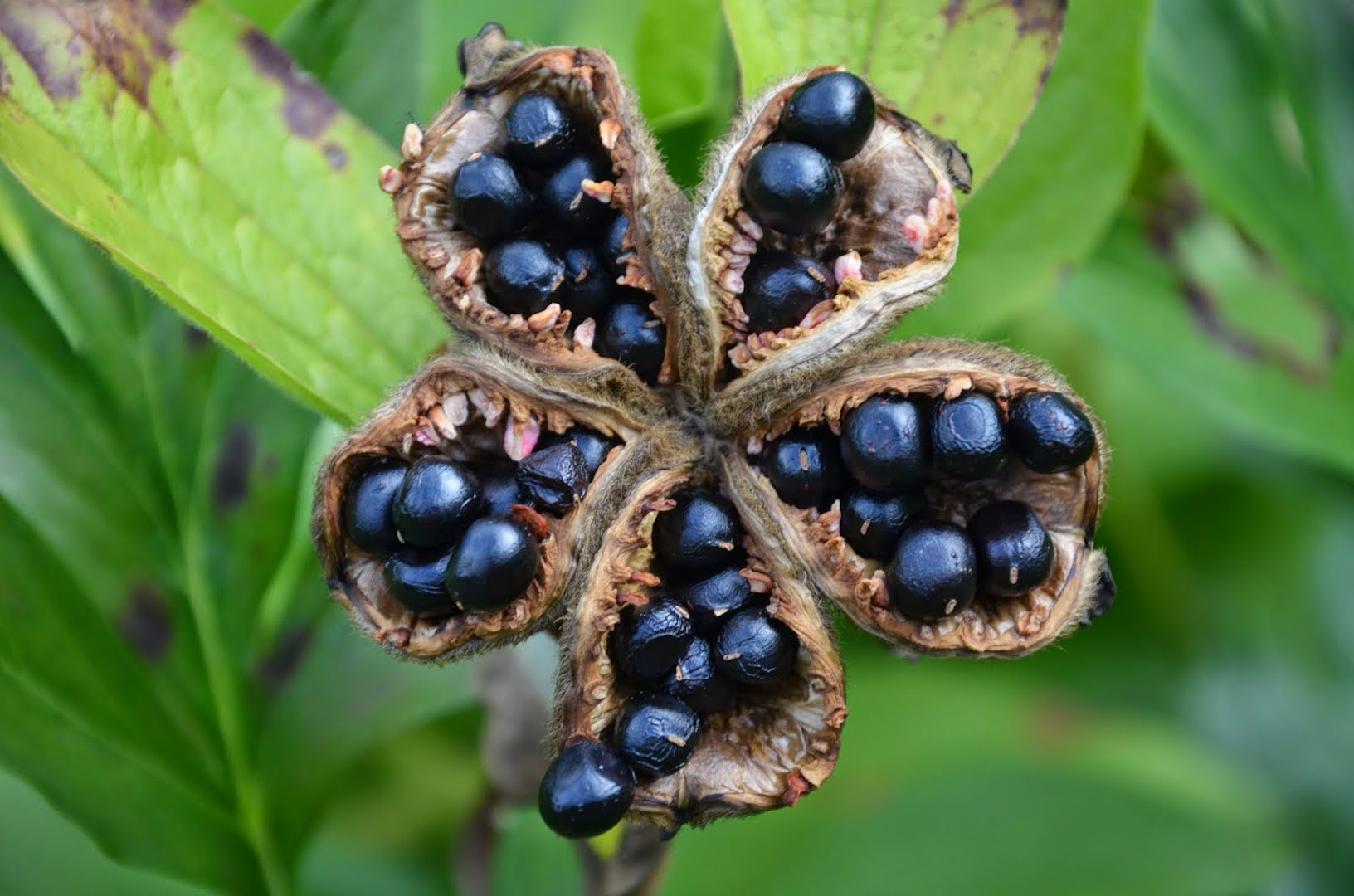
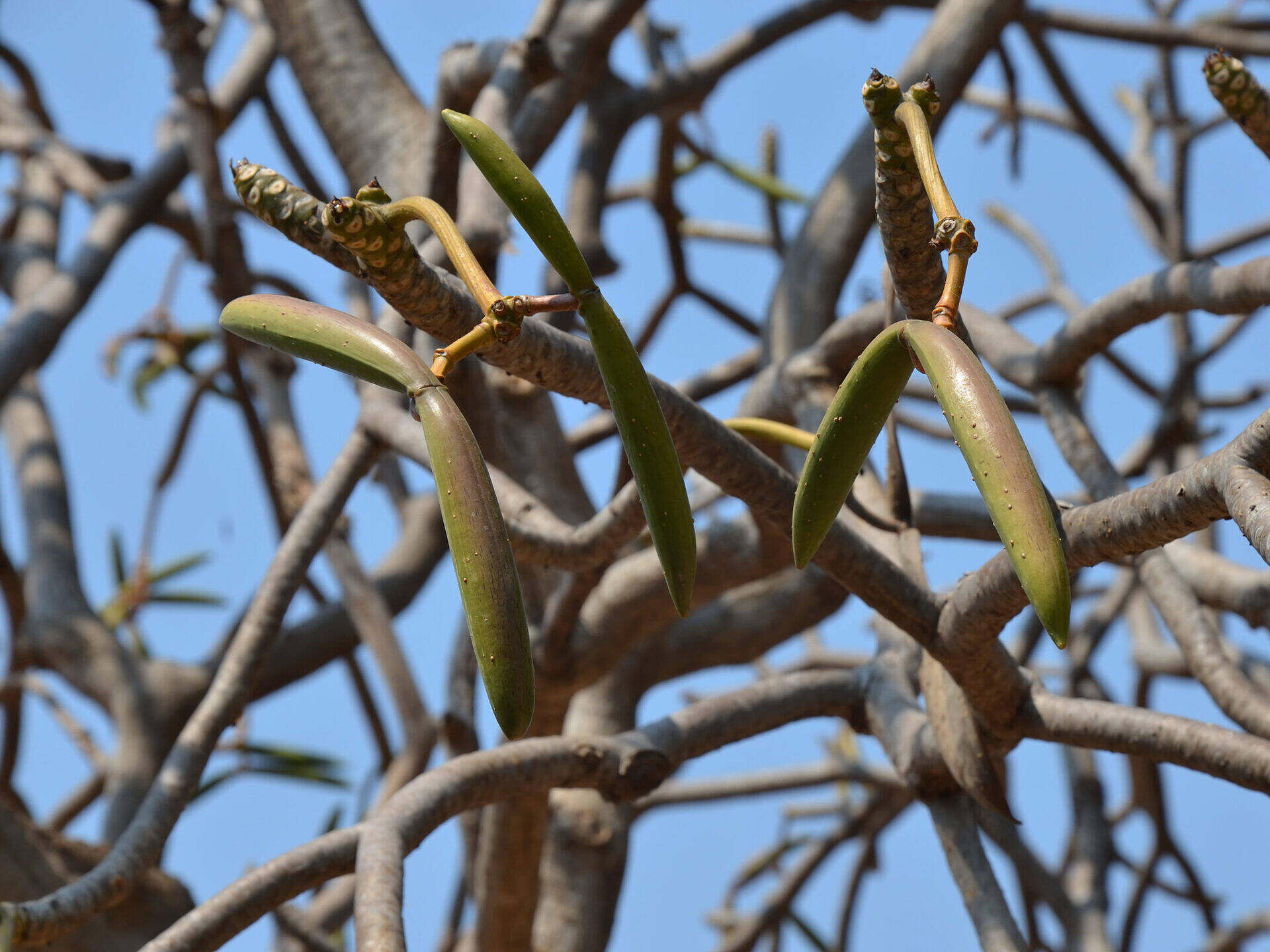
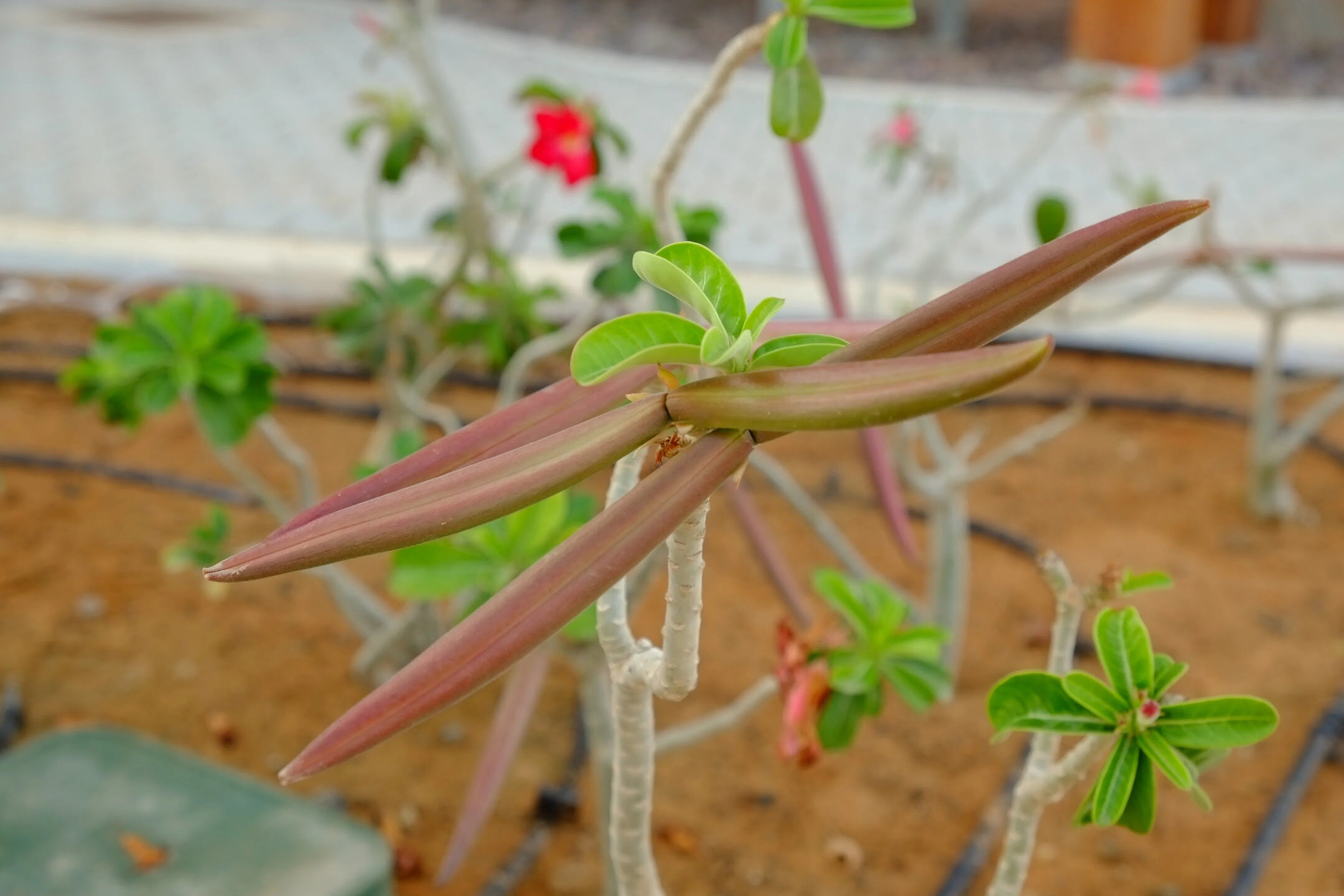
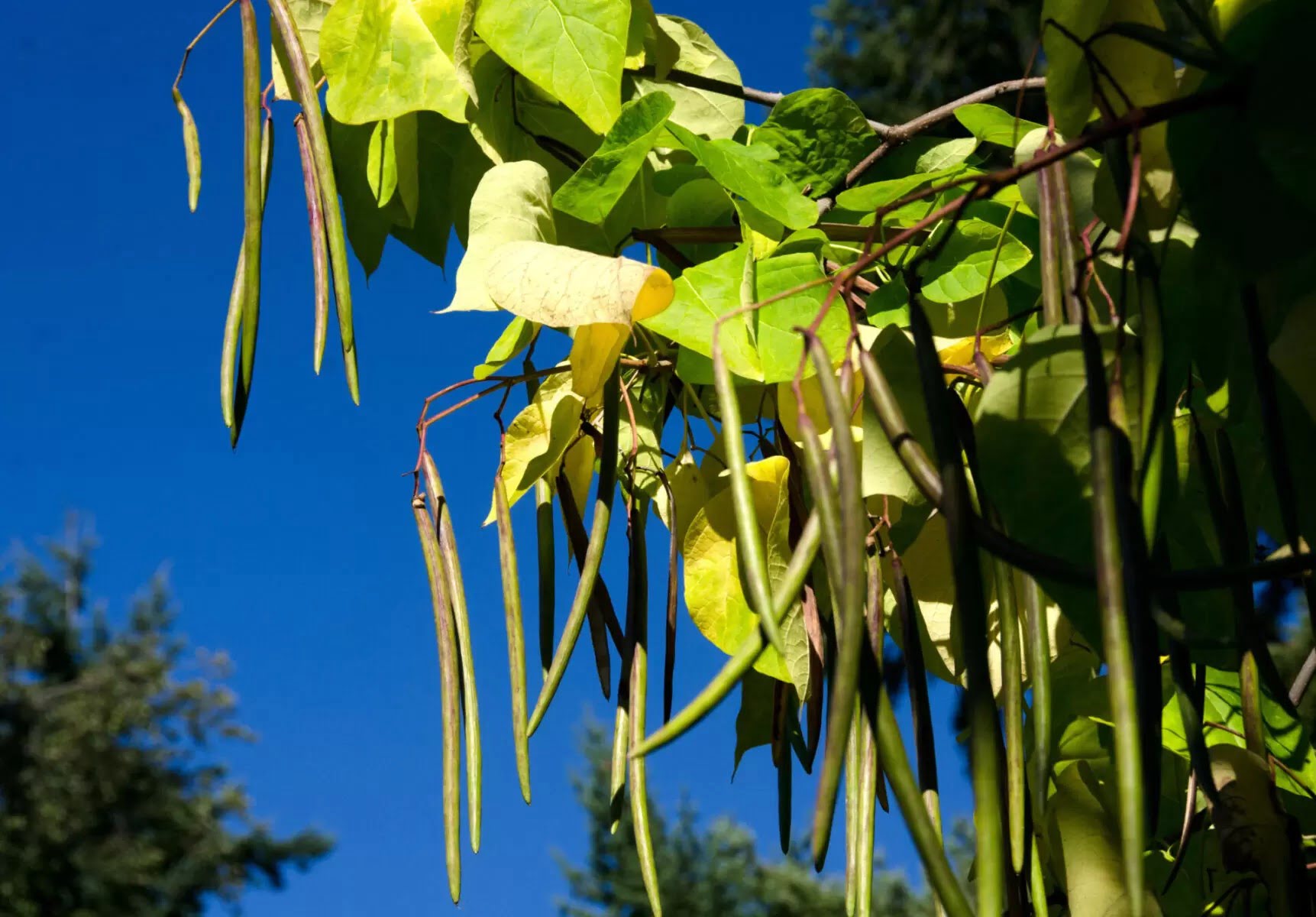
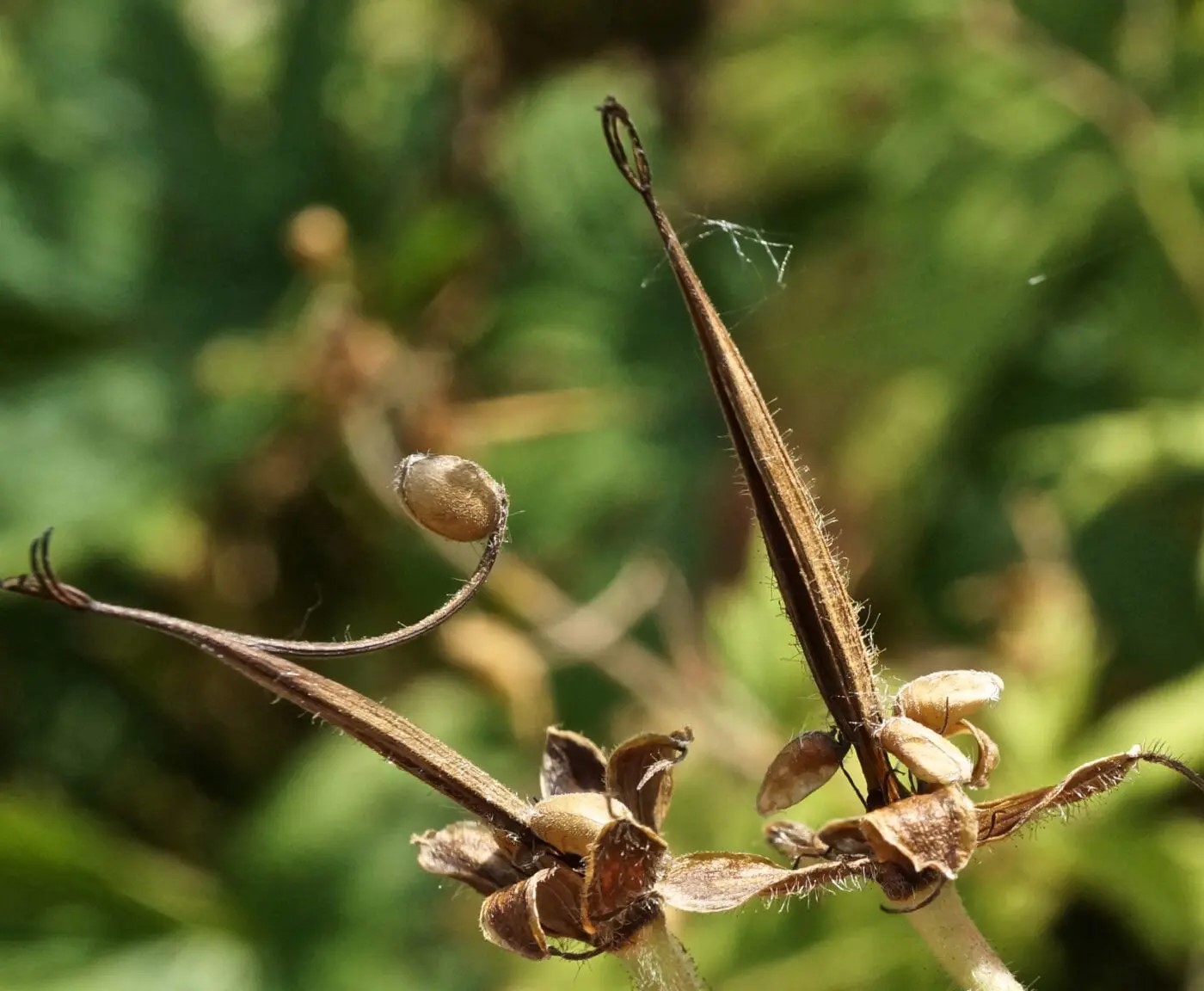
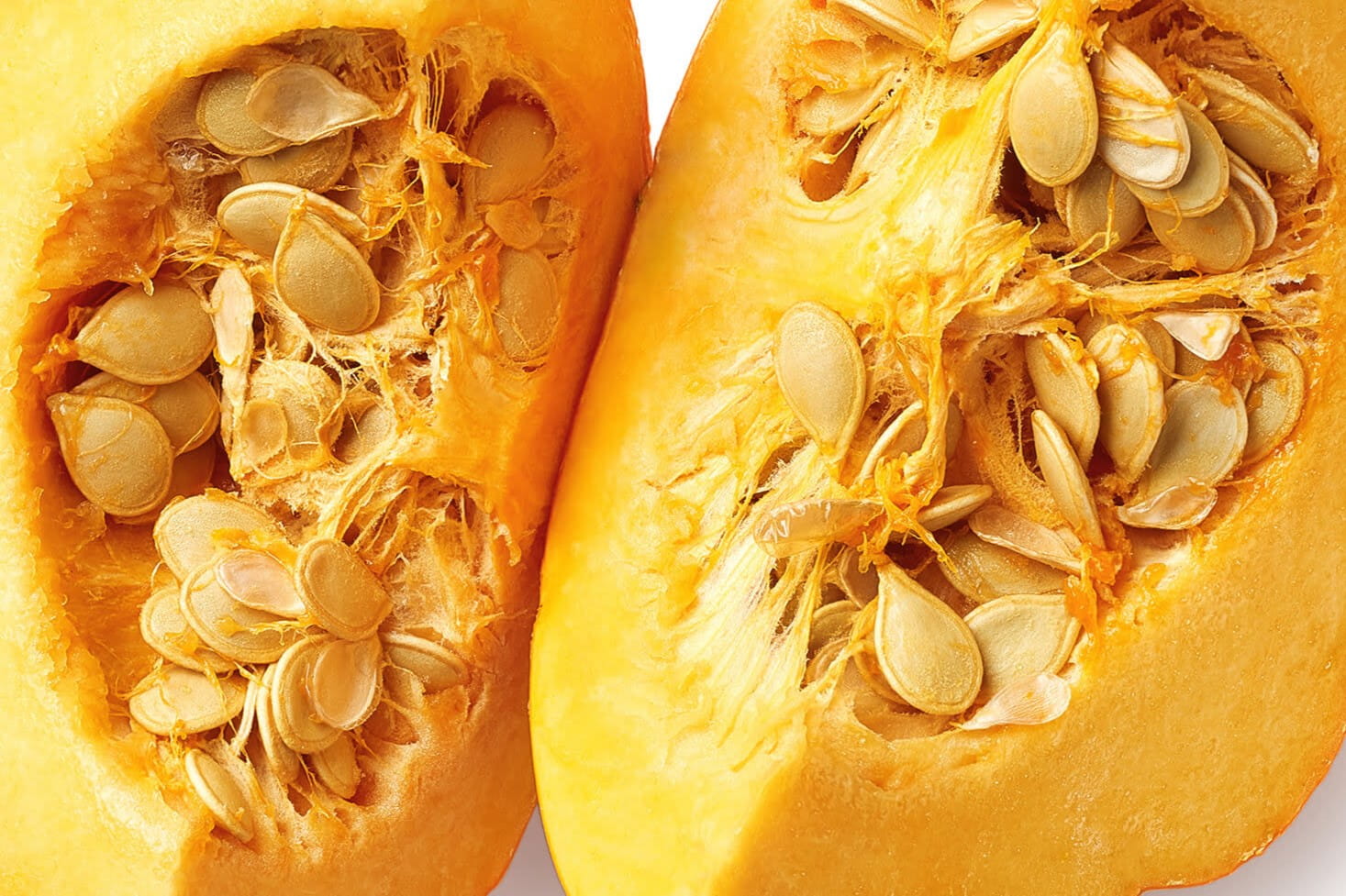
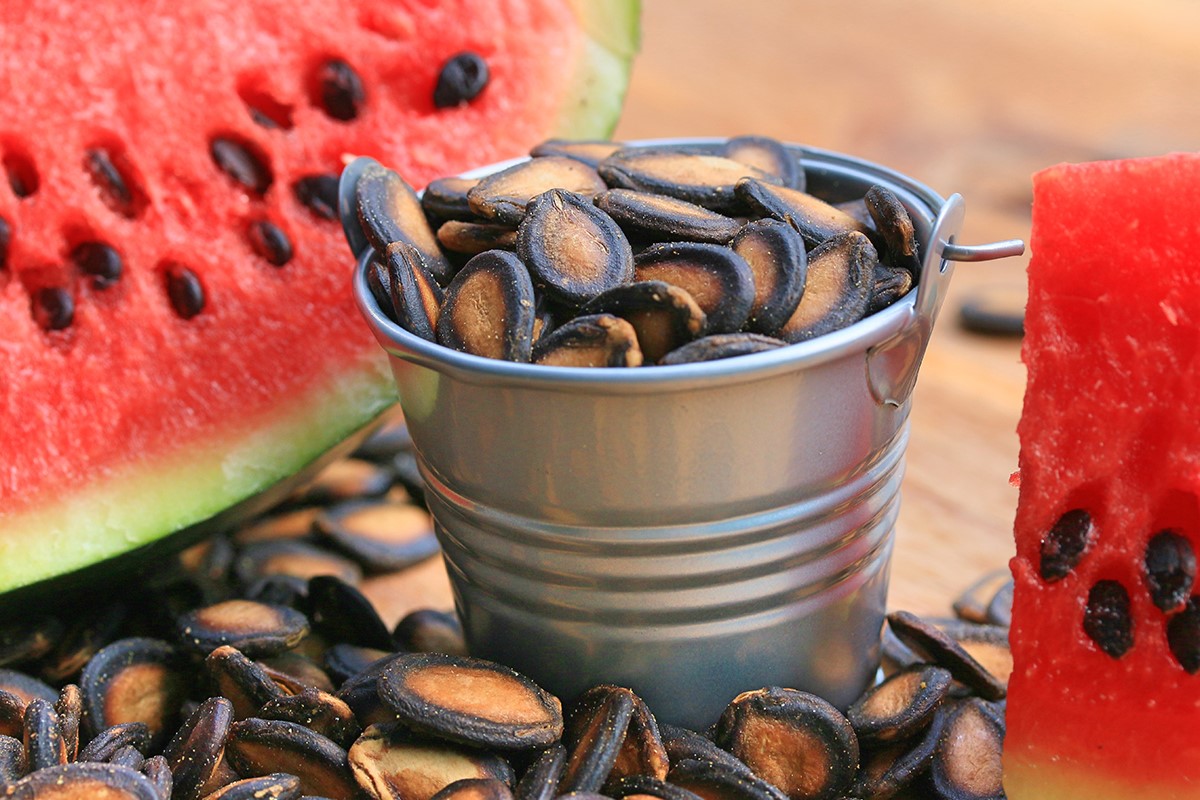
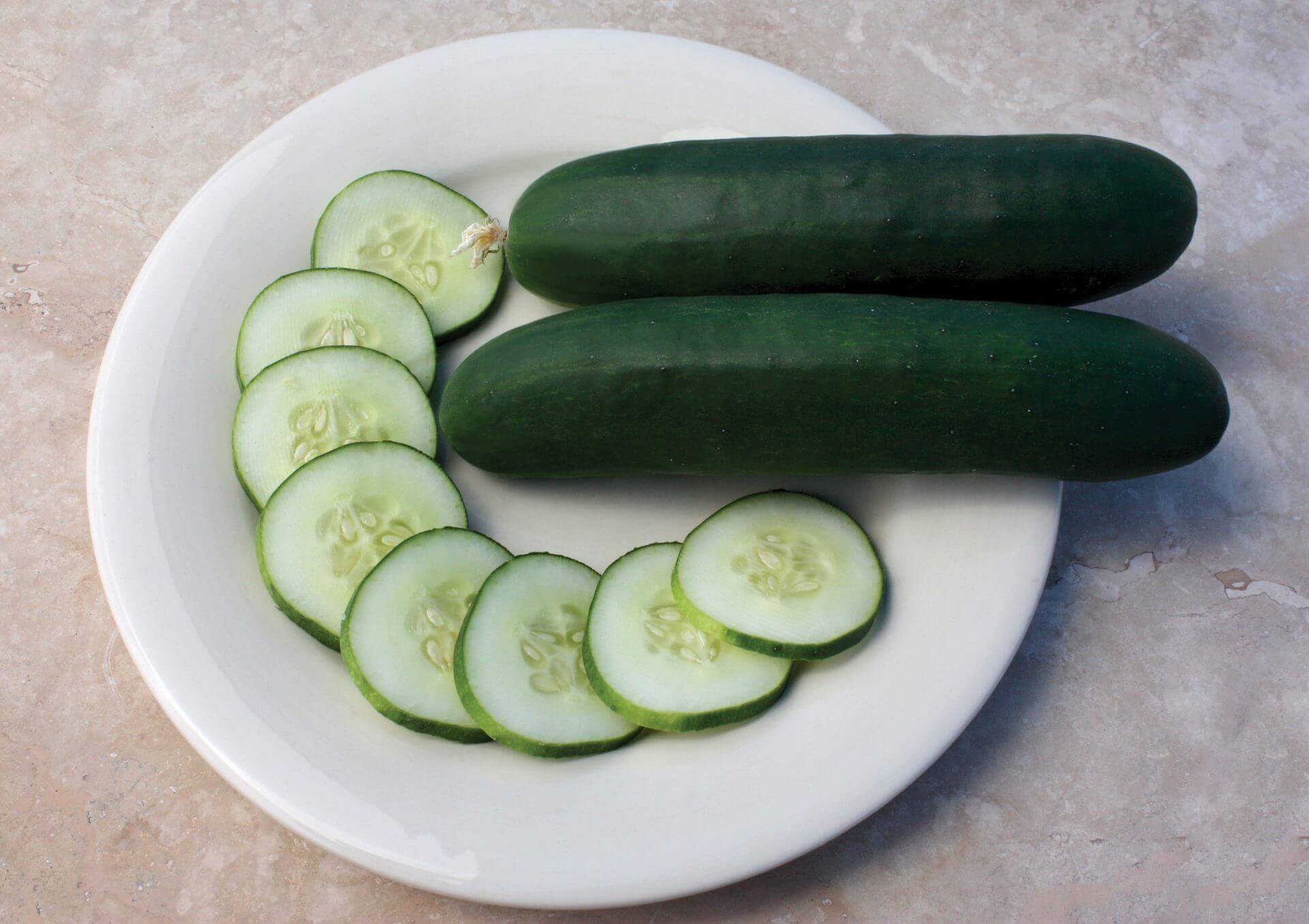
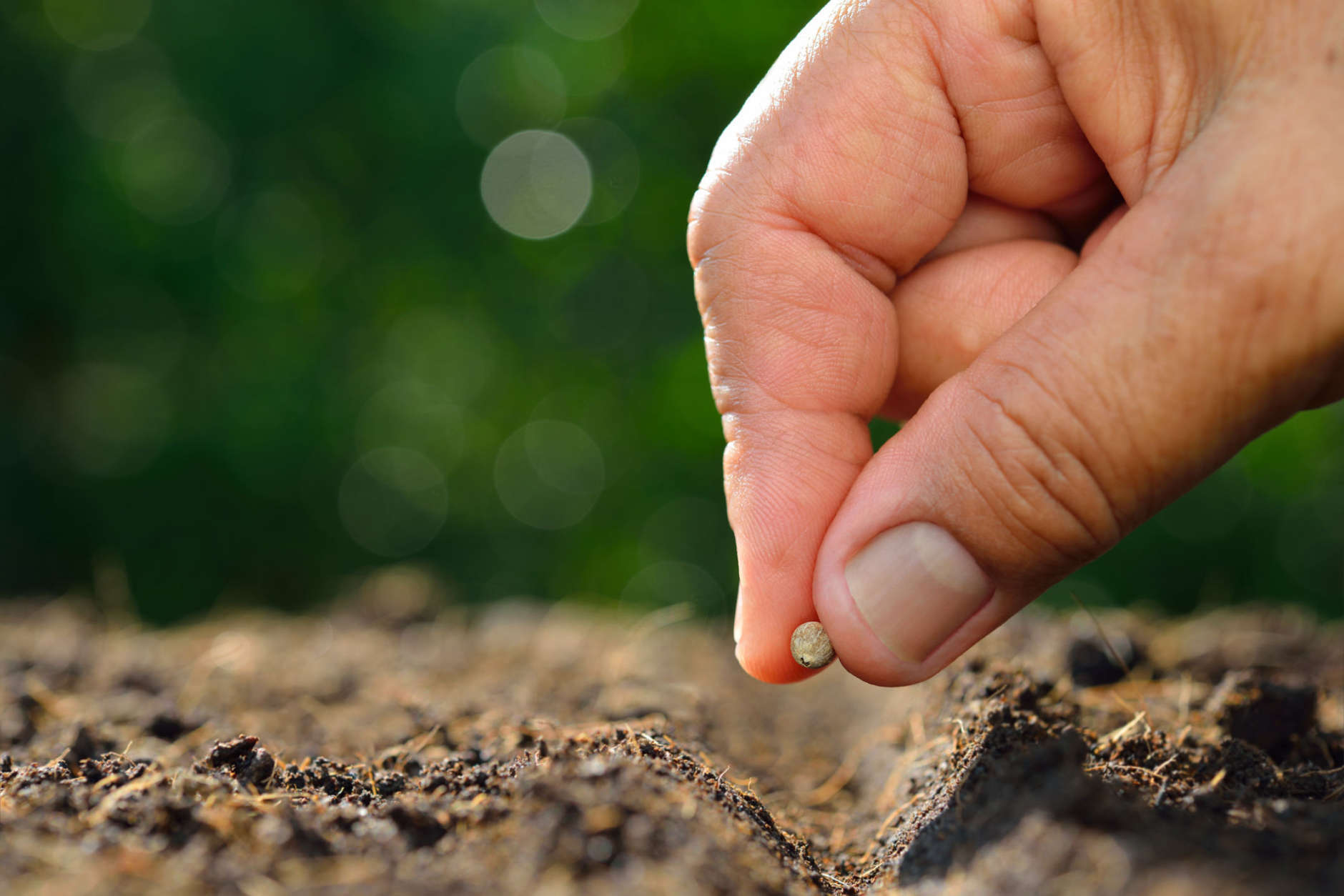
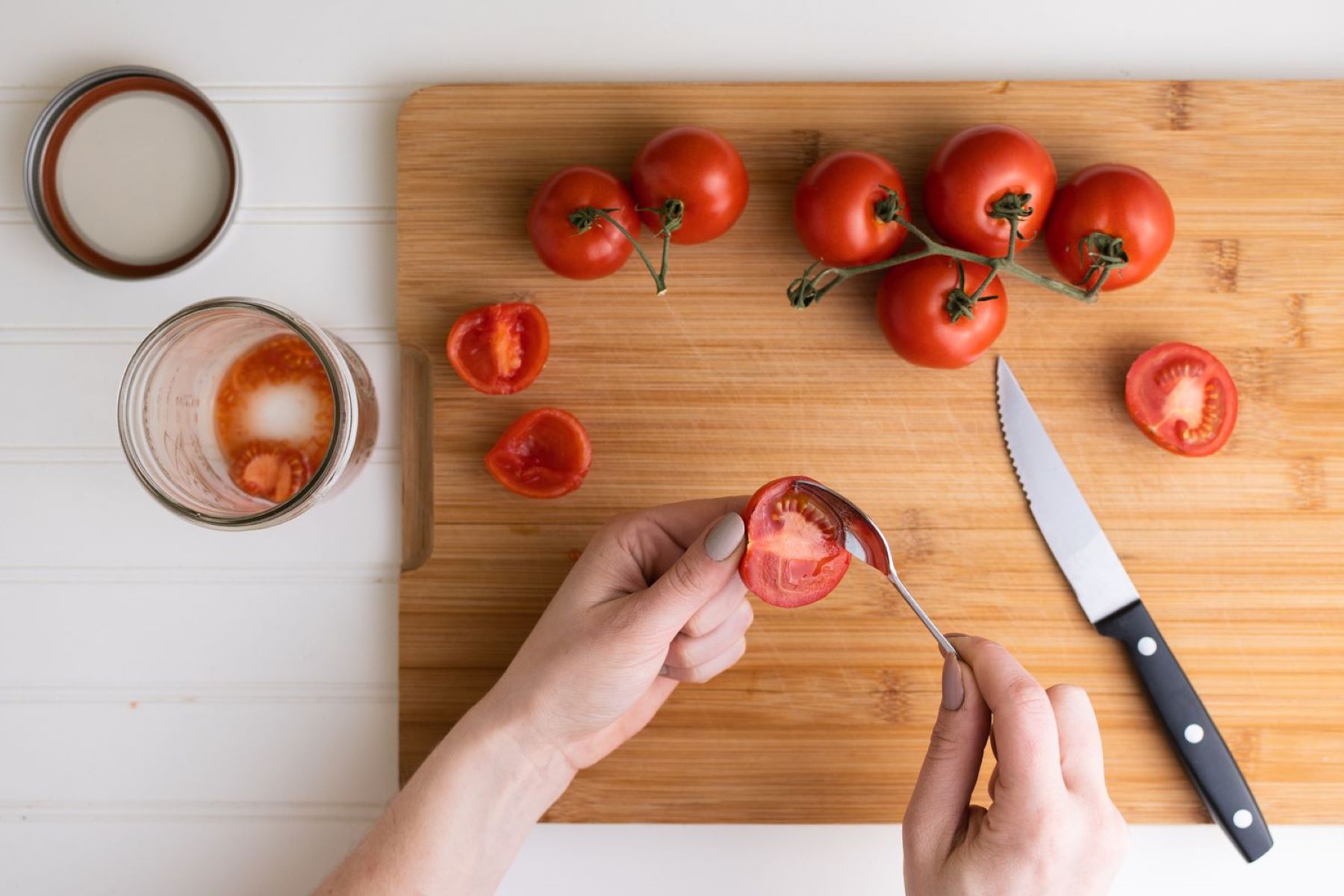


0 thoughts on “How Many Seeds In A Cardamom Pod”